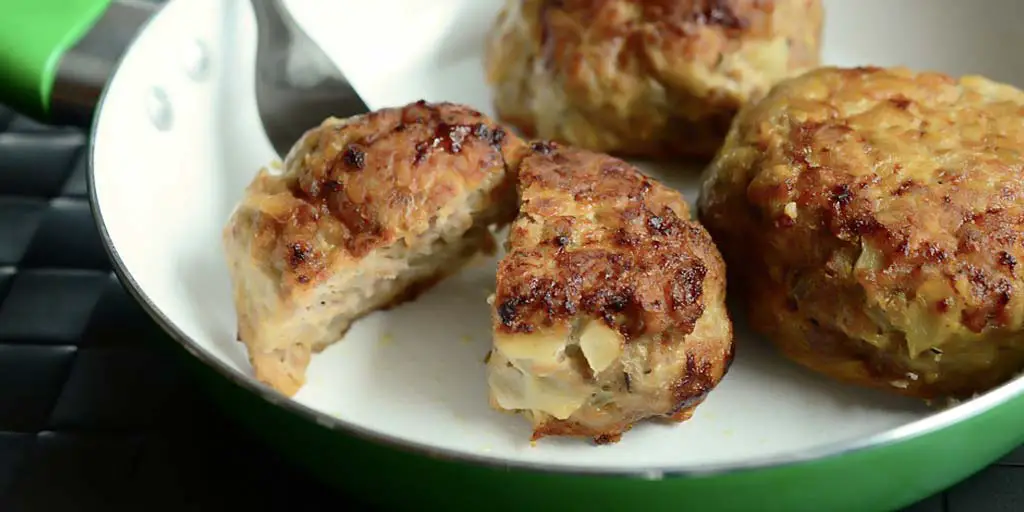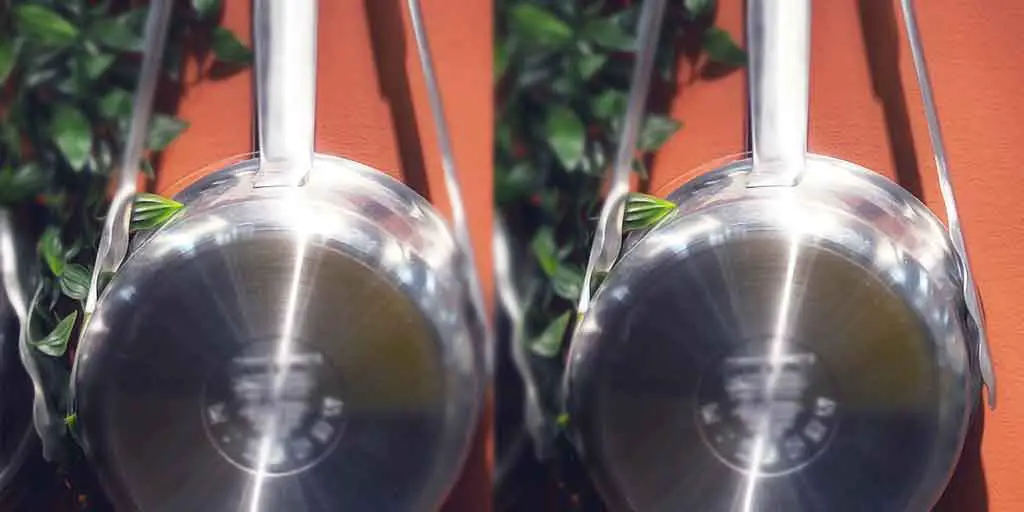How Do You Properly Wash a Knife Safely – Dishwasher or Hand?
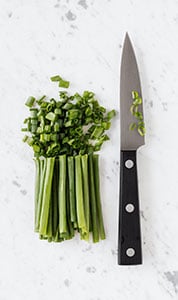
Knives are an essential part of every household. Whether it be for kitchen use or for cutting and chipping materials in general, they are invaluable.
Yet many of us take our knives for granted and neglect to wash them properly. This can lead to a lot of issues, such as rusting, damaging of the blade, and decreased lifespan of the knife.
You might be wondering, “How do you properly wash a knife?”
Well today, we are here to answer just that.
Read on below to learn in detail about this important topic.
Contents
Why It’s Important to Clean Knives Properly?
It might be obvious that keeping your knife, and utensils in general, clean is important. Yet how many of us really know how to do it properly?
You see, when you clean a knife blade, not only is it a hygienic practice, but it also helps to prolong the life of your knife. Cleaning properly prevents stains from forming on your knife blade as well.
Not only that, when food particles remain on your knife for too long, but moisture can also accumulate. This can lead to rusting as well as bacterial growth.
Washing Knives by Hand vs. in the Dishwasher
As tempting as it might be to put your knife in the dishwasher for cleaning, not all knives can be washed this way.
Knives made of carbon steel blades are very popular amongst chefs, and they must be hand washed. Stainless steel knives generally fare well in dishwashers, but you should still try to hand wash them! There are a few reasons for this.
Firstly, it usually takes some time for us to turn on the dishwasher when enough dishes have accumulated. So the knife is not washed soon after using, which enables food particles to sit on the blade.
This allows bacteria to digest the food and release acids, hence causing damage to the blade, not to mention staining.
Secondly, the knife blade may get damaged in the dishwasher. This may happen as the force of the water can cause it to bump into other utensils, causing the blade to be dented.
If you must use the dishwasher for cleaning your knife, then be sure to pick the right knife. Some professional knives can be cleaned this way, like the SwissClassic knives. Any dishwasher safe knife will better withstand being washed this way.
It should still be noted that even these are best washed by hand.
Things You Will Need
Before starting the knife cleaning process, there are a few things you need to keep with you.
There are slight variations for kitchen and pocket knives.
Pocket Knives

- Rubber gloves
- Mild soap or detergent
- Sponge or clean cloth
- Running water
- Lubricating oil
- Nylon pad
- Dry towel
- Clean cloth
Kitchen Knives
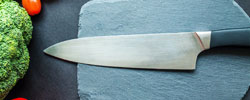
- Warm water
- A cleaning cloth
- Soap or detergent
- Running water
- A dry towel
Steps on How to Properly Wash a Knife
Now that we have a general idea about cleaning knives, let’s take a more detailed look at the process.
The following steps are for hand washing your knives.
Kitchen Knives
Here’s the process for kitchen knives.
- Step 1: Wiping
It is very important to not let any food sit on your knife blade, at least for too long. That is why it’s best to wipe your knife with a cloth right after use.
- Step 2: Soaking
If your knife has some stains on it, or if you have let some food particles sit on it, then you should soak it first. Soaking in warm water will ensure that the debris and stains will easily come off.
- Step 3: Rinsing With Soap
Use your cloth and some soap to rinse the knife blade. You must make sure to wipe the blade away from you, as this decreases the chances of you cutting yourself. Wipe slowly and carefully instead of going all out.
This ensures your own safety as well as keeps the blade from becoming dull.
- Step 4: Rinsing With Water
After you have cleaned all the food and grease away from your knife using soap and a cloth, it’s time to rinse with water. Gently hold the knife under running water from the tap, and wash it soap-free.
- Step 5: Drying
This is a crucial step!
Lots of people neglect to dry their knives properly, which leads to rust forming over the blades! Use a clean, dry towel to gently wipe down your knife. Ensure that it is fully dried before putting it away.
Pocket Knives
Here’s the process for pocket knives.
- Step 1: Ensuring Safety
Pocket knives can be very sharp and small. As a result, getting injured during cleaning them is quite a possibility.
Additionally, your skin might react and get irritated by the lubricants used in the cleaning process. So put on your rubber gloves before starting to clean your knife.
- Step 2: Properly Extending the Blade
If your knife blade is not fully extended, then you can’t clean it properly. Make sure that the blade as well as any other components included in your pocket knife are fully opened before cleaning.
- Step 3: Scrubbing
The blade and other components should first be cleaned using soap and water. You can use any detergent or soap as long as it is not too harsh. Wash all the dirt and debris away by scrubbing properly with a sponge or cloth, then rinsing with water.
If there are any tough spots or particles stuck to the blade, you should first apply soap on the spot directly.
Let it sit for a while before scrubbing.
- Step 4: Dealing with Rust
If you are faced with a rusting blade, then you need to use a lubricant. Use some household lubricants on the rusted areas and leave it for about a minute. Take a nylon pad and scrub the rust away. After all the rust has been removed, rinse with water.
- Step 5: Drying
Drying any knife is extremely important to prevent the air and metal from reacting to form rust. So use a dry towel or cloth to properly dry the knife.
- Step 6: Lubricating
It is important to lubricate your pocket knife after drying. Apply the lubricant to the blade, other components as well as the joints and springs. Then gently spread the lubricant using a clean cloth.
This will ensure that there is less friction and hence less wear and tear. It will also prevent the metal from corrosion in the long term.
Frequently Asked Questions
Can rusting occur in stainless steel knives?
Yes, it can, even though it occurs less frequently than other forms of steel.
How do stainless steel knives become rusted?
Not drying properly, leaving food particles on your blade, and not rinsing out soap properly can cause rusting.
How do I keep my carbon steel knife from rusting?
Clean and dry it properly, then follow through by applying some oil onto the blade.
Final Words
Hopefully, our step by step guide has answered the question “How do you properly wash a knife?” adequately.
You should now be able to wash your knives with confidence and care. Always remember to give proper thought to clean these invaluable tools!
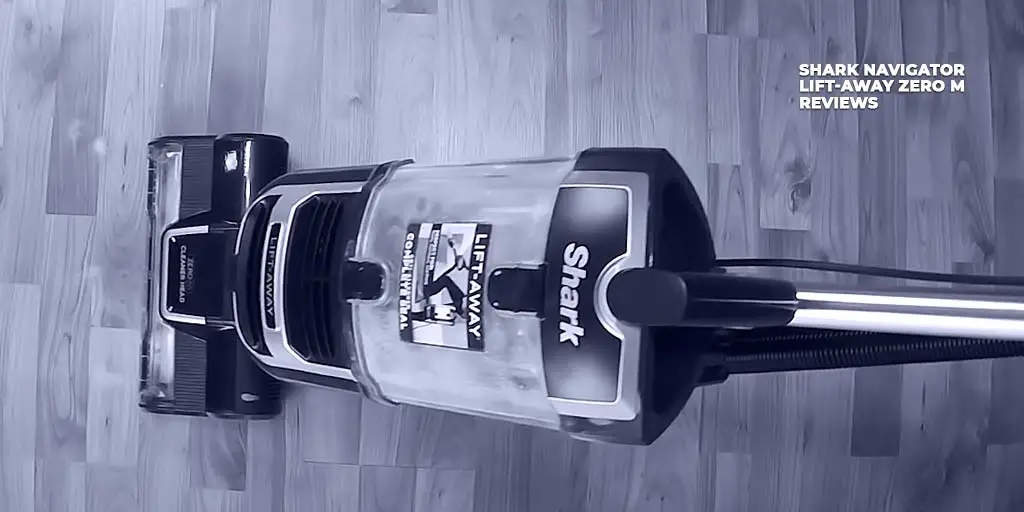
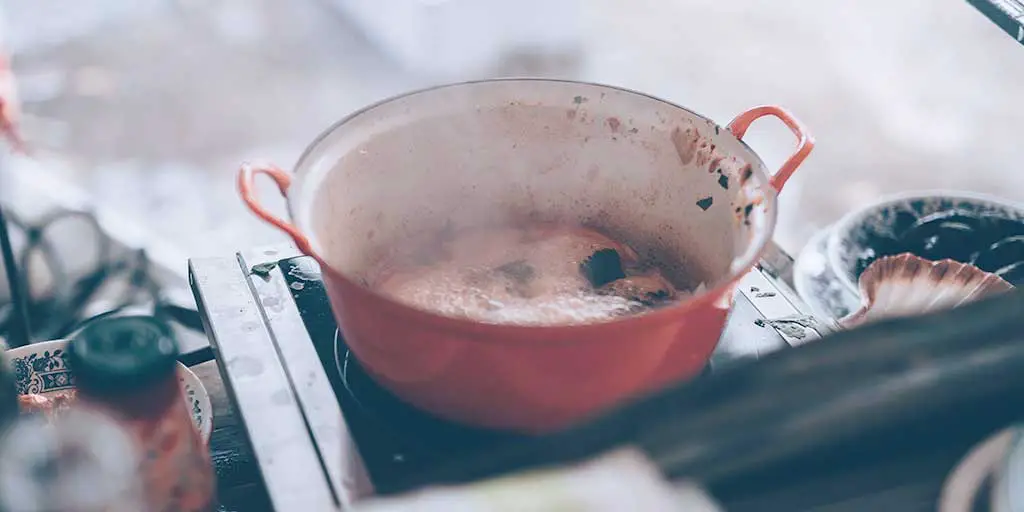

![How To Clean A Toaster? [Step By Step Guide]](https://verybestkitchen.com/wp-content/uploads/2021/07/how-to-clean-a-toaster.jpg)
